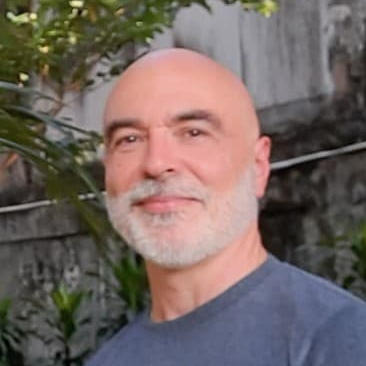Complexity and Nonlinear Dynamics in the Geosciences: Methods and Applications
A special issue of Entropy (ISSN 1099-4300). This special issue belongs to the section "Multidisciplinary Applications".
Deadline for manuscript submissions: closed (28 February 2023) | Viewed by 19331
Special Issue Editor
Interests: geophysical time series analysis; statistical methods for the investigation of geophysical processes; point processes; fractals and multifractals; graphs and networks; complexity; information theory
Special Issues, Collections and Topics in MDPI journals
Special Issue Information
Dear Colleagues,
Natural processes are complex, and thus suited methodologies are required to investigate their inner time dynamics. Statistical physics and mechanics have been applied to better our understanding of geosciences and natural hazards, contributing to a better comprehension of Earth processes. Fractal, informational, and topological methods represent just a few of the existing approaches that can elucidate the dynamical and statistical features of natural phenomena. Seismic, hydrologic, atmospheric, vegetational, land surface processes, etc., are all characterized by complexity, and generally feature nonlinearity, nonstationarity, and heterogeneity that could be revealed and interpreted with proper statistical methodologies.
This Special Issue aims to collect papers considering the diverse aspects of complexity in geosciences and natural hazards. Original research and reviews focused on the application of standard and advanced statistical methodologies for the understanding of complex geophysical systems and natural phenomena will be considered for this Special Issue.
Dr. Luciano Telesca
Guest Editor
Manuscript Submission Information
Manuscripts should be submitted online at www.mdpi.com by registering and logging in to this website. Once you are registered, click here to go to the submission form. Manuscripts can be submitted until the deadline. All submissions that pass pre-check are peer-reviewed. Accepted papers will be published continuously in the journal (as soon as accepted) and will be listed together on the special issue website. Research articles, review articles as well as short communications are invited. For planned papers, a title and short abstract (about 100 words) can be sent to the Editorial Office for announcement on this website.
Submitted manuscripts should not have been published previously, nor be under consideration for publication elsewhere (except conference proceedings papers). All manuscripts are thoroughly refereed through a single-blind peer-review process. A guide for authors and other relevant information for submission of manuscripts is available on the Instructions for Authors page. Entropy is an international peer-reviewed open access monthly journal published by MDPI.
Please visit the Instructions for Authors page before submitting a manuscript. The Article Processing Charge (APC) for publication in this open access journal is 2600 CHF (Swiss Francs). Submitted papers should be well formatted and use good English. Authors may use MDPI's English editing service prior to publication or during author revisions.
Keywords
- complexity
- fractals and multifractals
- time series analysis
- networks and graphs
- information theory
- chaos
- signal and image processing
- statistics
- remote sensing






